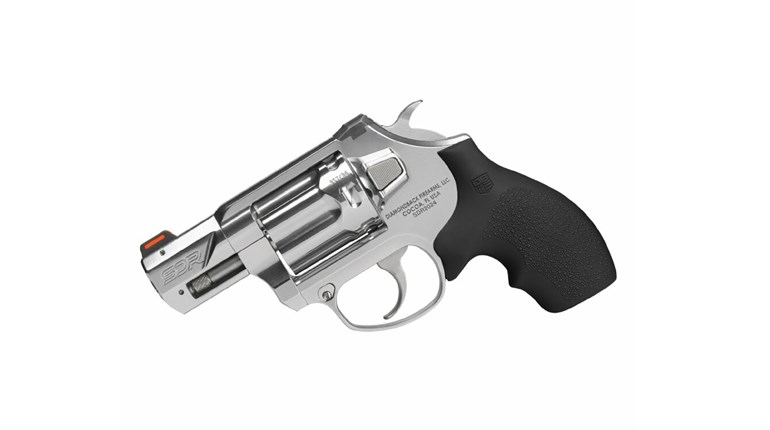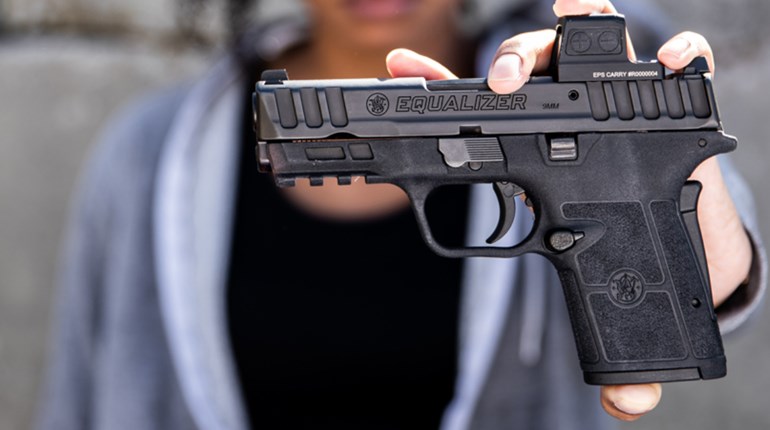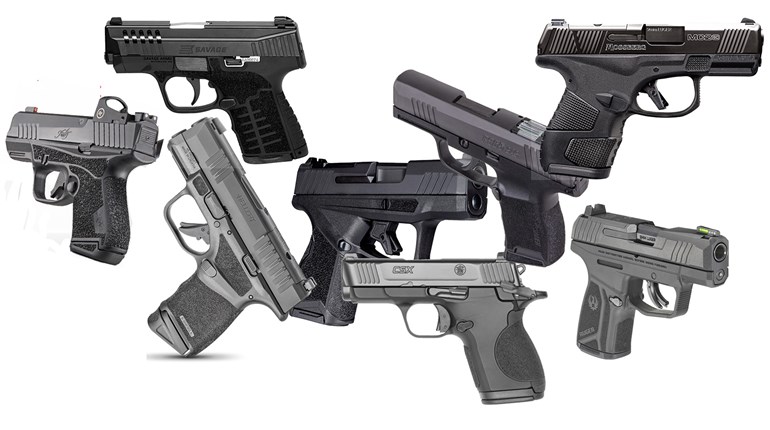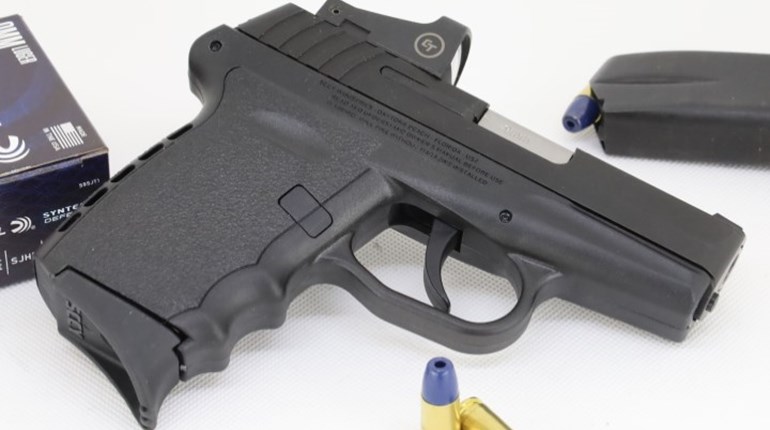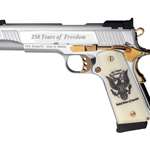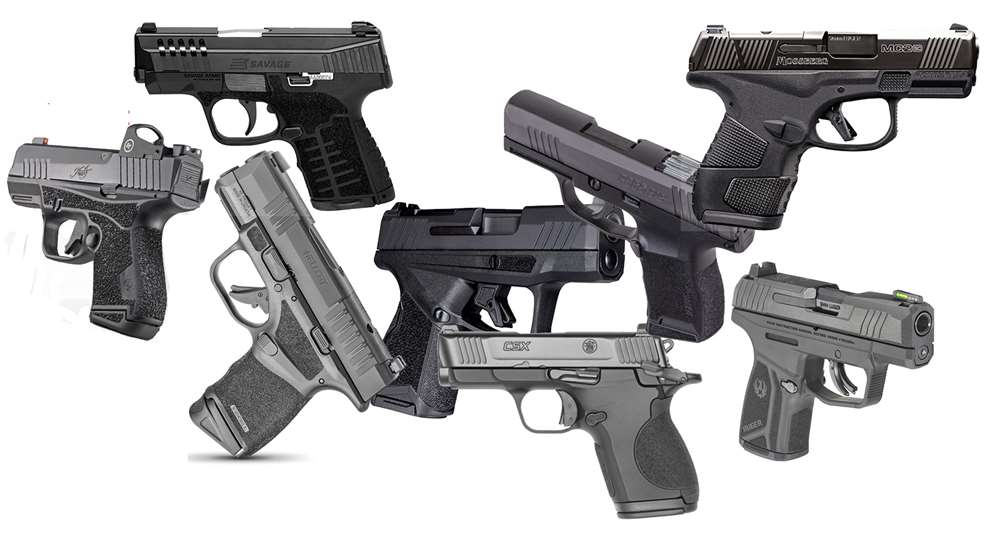
New data has corroborated what we have been reporting since 2020: The trend toward micro 9 mm pistols is here to stay, with 25 percent of semi-automatic pistols being shipped to distributed in 2022 being micro nines. This information comes from a report delivered by the National Association of Sporting Goods Wholesalers’ (NASGW) data aggregation arm, SCOPE.
This should come as no surprise to regular NRA Women readers. It seems that every month we are announcing a new model of pistol in this exploding class of firearms, as well as offering insight as to whether a micro 9 might be “right for you.”
- Is a Micro Nine 9mm Pistol Right For You?
- Why Are Compact Striker 9s So Popular?
- Great Guns for Women: Mossberg MC2sc Pistol
- New for 2022: Taurus Announces GX4XL 9mm Micro Pistol
- 5 Reasons to Check Out the New Savage Stance Pistol
- Review: Springfield’s Hellcat Pro
- Smith & Wesson Announces the CSX 9mm Pistol
- 5 Reasons to Check Out the Kimber R7 Mako 9mm Pistol
- Ruger Announces Max-9 Pistol
- 9 Nines You Need to Know
According to the report, data from 2019 to date shows the compact category consistently had the greatest sales performance—around 40 percent. But the most significant changes occurred in the micro-compact category growing from an 18 percent to 25 percent share since 2019, making them a quarter of the 9 mm semi-automatic handguns sold. Additionally, micro-compacts have taken a majority share in the combined sub-compact/micro segment. (For purposes of this data analysis, SCOPE defined a micro-compact gun as one having a barrel length of fewer than 3.5” and single/staggered stack magazines.)
The report acknowledges the part demographics play. “It’s no secret that the U.S. gained several million new gun owners over the past several years, many of them first-time gun owners. With the uncertainty of the COVID-19 pandemic and political unrest, Americans looked for ways to protect themselves,” the report said.
According to a 2021 survey conducted by the National Shooting Sports Foundation (NSSF), approximately 30 percent (about 5.4 million people) of all 2021 firearm purchases were by new gun owners.
The 2021 survey also revealed that more than 33 percent of first-time gun buyers were women. Thus it surmises it is “reasonable to assume the rise in micro-compact sales is at least partially due to the rise in female gun owners,” referencing the dozens of articles that exist online and in magazines that promote models ideal for concealed carry as well as considerations to take when carrying concealed. “The general consensus is that though smaller guns have more recoil than larger frames, they are lighter and more easily concealed whether in a purse or in a holster,” it says.
The report also goes on to outline the growth timeline of this class of pistols, quoting Lipsey’s Vice President and Product Manager Jason Cloessner as crediting Ruger as the game changer in 2008 with its introduction of the LCP: “For several years everyone was chasing the small 380 market. Fast forward to 2011-2012, we saw the rise of the single stack 9mm offerings from all the major players. The single stack 9mm’s really dominated the market until 2018 when SIG upended it all with the P365. Now it is safe to say that to have a successful Micro Compact it must be no bigger than 1” wide, have a minimum of 10+1 capacity and ideally have an optics cut slide.”
SCOPE data also shows the number of micro-compact models available for purchase has grown significantly in the past few years, and noted that in 2019, seven 9 mm micro-compact semi-automatic handguns were on the market, compared to the more than 20 offered today—with more on the horizon. Mossberg and Savage, companies that haven’t historically produced pistols, were acknowledged for their new introductions in the past few years.
The report concludes with a comparison of brand and pricing variations and popularity among the many models, as well as predictions for 2023. It’s an extremely interesting analysis of this growing market—one in which NRA Women has a vested interest. We’ll stay tuned for more such analysis in the future as it relates to the largest growing demographic in the shooting and hunting industries.
For more, visit NASGW.org.












